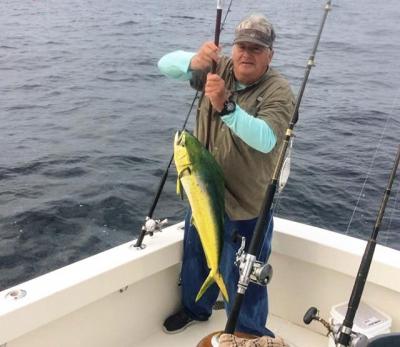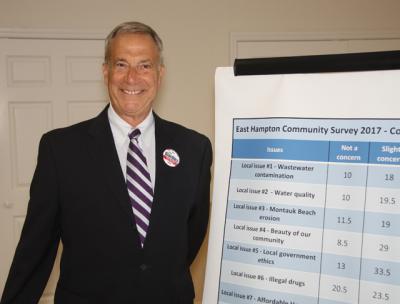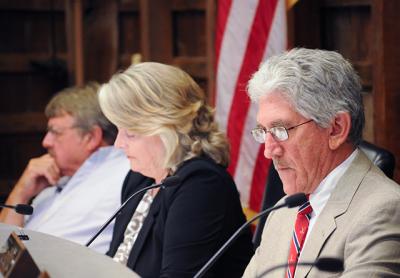Rumors of Cinema's Demise Unfounded
Rumors of Cinema's Demise Unfounded

With the Hamptons International Film Festival in town this week filling the East Hampton Cinema with a full schedule of screenings in its 25th anniversary year, a rumor began to circulate that the theater would close right after the festival.
Over the weekend, people began to post their outrage at the news on social media. What would it mean for East Hampton businesses? Children? The film festival?
One woman posting on the cinema's Facebook page asked whether it was closing — "Please say it's not true!" — but her question went unanswered.
Cue the dramatic music.
Moviegoers can rejoice after all. The United Artists East Hampton Cinema 6 is staying put. This week, a manager for the Regal Cinemas movie theater, and a spokeswoman for the landlord, emphatically denied the rumors.
"There is no basis for that thought or rumor," according to Alice McGillion, a spokeswoman for Donald Zucker, a Manhattan real estate mogul who owns the theater building and dozens of other properties in East Hampton and Sag Harbor.
"The movie theater actually still has two years left on its lease and four different options" to renew, she said, adding that the owner understands that the theater is vital to East Hampton Village. She said the building is not for sale.
Nicole Foster, a manager at the cinema, also dispelled the rumor. "A couple of people have asked us. We don't know how that got started, but we're not closing." A message left with Regal Cinema's media office was not returned.
"We heard the rumor as well and are glad to hear it is being denied," said David Nugent, the artistic director of the Hamptons International Film Festival, which begins today. "We as a film festival wouldn't survive without those screens and we really value the role that the cinema itself plays furthering the love and appreciation for cinema out here on the East End."
A 1925 advertisement from The East Hampton Star for the Edwards Theatre, a precursor to the United Artists-Regal Cinema on Main Street.
Anne Chaisson, the festival's executive director, agreed and said she recognized the cinema's vital role in the community.
"As a year-round resident, being able to see the best in cinema at the Regal at any time is paramount to my Hamptons experience."
While Steven Ringel, the executive director of the East Hampton Chamber of Commerce, had not heard the rumor this week, he said he had driven by the cinema a few weeks ago when the marquis was blank. "I thought, 'That's odd that they would be changing all six movies at once.' It made me a little nervous for a few minutes," he recalled, but when he drove by later that day, movie titles again were posted.
He was glad to hear the theater was not closing. "I think that would be a disaster for our local economy," he said.
"The survival and thriving of our village economy depends on foot traffic and people in the village. We need businesses and events that keep people on the sidewalk and keep activity in the village alive. . . . The movie theater is something that brings people to the village." The movie theater is part of a building at 36 Main Street that includes three separate businesses, according to the East Hampton Town assessor's office. The listed owner is Frog Company L.L.C.
The Edwards Theatre began showing movies nearby on East Hampton's Main Street around 1919, and constructed a 1,000-seat theater on the cinema's current site in 1926. It burned down in 1964. Construction on a new building began the following year. A second and third screen were added in 1976, with three more following in the succeeding decades.








